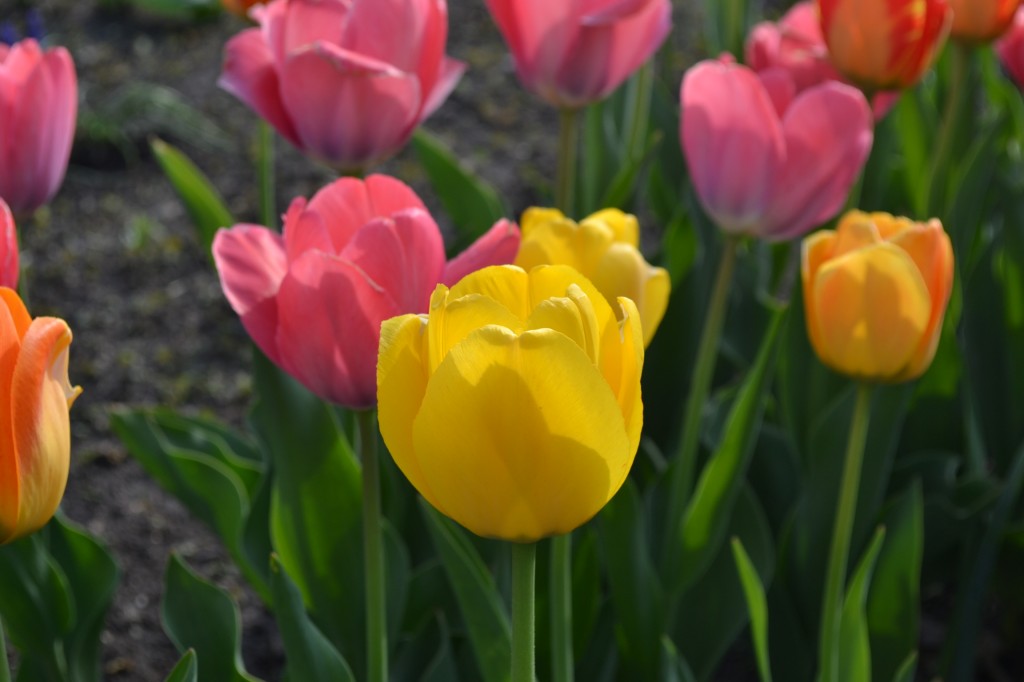Perennial maintenance in the spring will help encourage vibrant plants in the summer. After all of the snow has melted away and temperatures begin to rise, landscape beds begin to come back to life. In order to promote the fresh growth of perennials, it is important take a few steps to help aid in the new generation of the plant. Perennial maintenance should include removing last years dead foliage, removing leaf and debris accumulation and offering your plants a spring fertilizer. If foliage removal was not done in the fall, it is important to clean up your plant right away in the spring. Depending on what plant you are working with, you may already see some signs of life. Removing the dead foliage not only improves the appearance of your landscape beds, but it can improve the quality of your plant. Perennial maintenance can improve air flow to the plant, improve fertilizer intake and create more room for the plant to grow.
Perennial maintenance should be done in late fall or early spring.
Perennial flowers such as day lilies, sedum and hostia all require perennial maintenance. Day liles and hostia will both benefit from the removal of old growth and spring fertilization. Granular fertilizer in the spring will help provide nutrients to help jump-start the growth of the plant. Sedum will be visually enhanced by the removal of old growth. New growth will grow through the old growth and give the plant an unsightly look.
Ornamental grasses are usually maintained in the spring because they provide visual winter enhancements if left untouched. Most ornamental grasses should be cut back to 4″ or 6″ above the ground of the plant. This will allow for new growth to occur and it will also help protect the new growth. Ornamental grasses also benefit from spring fertilization. You can improve drought hardiness by improving the quality and health of the plant.

